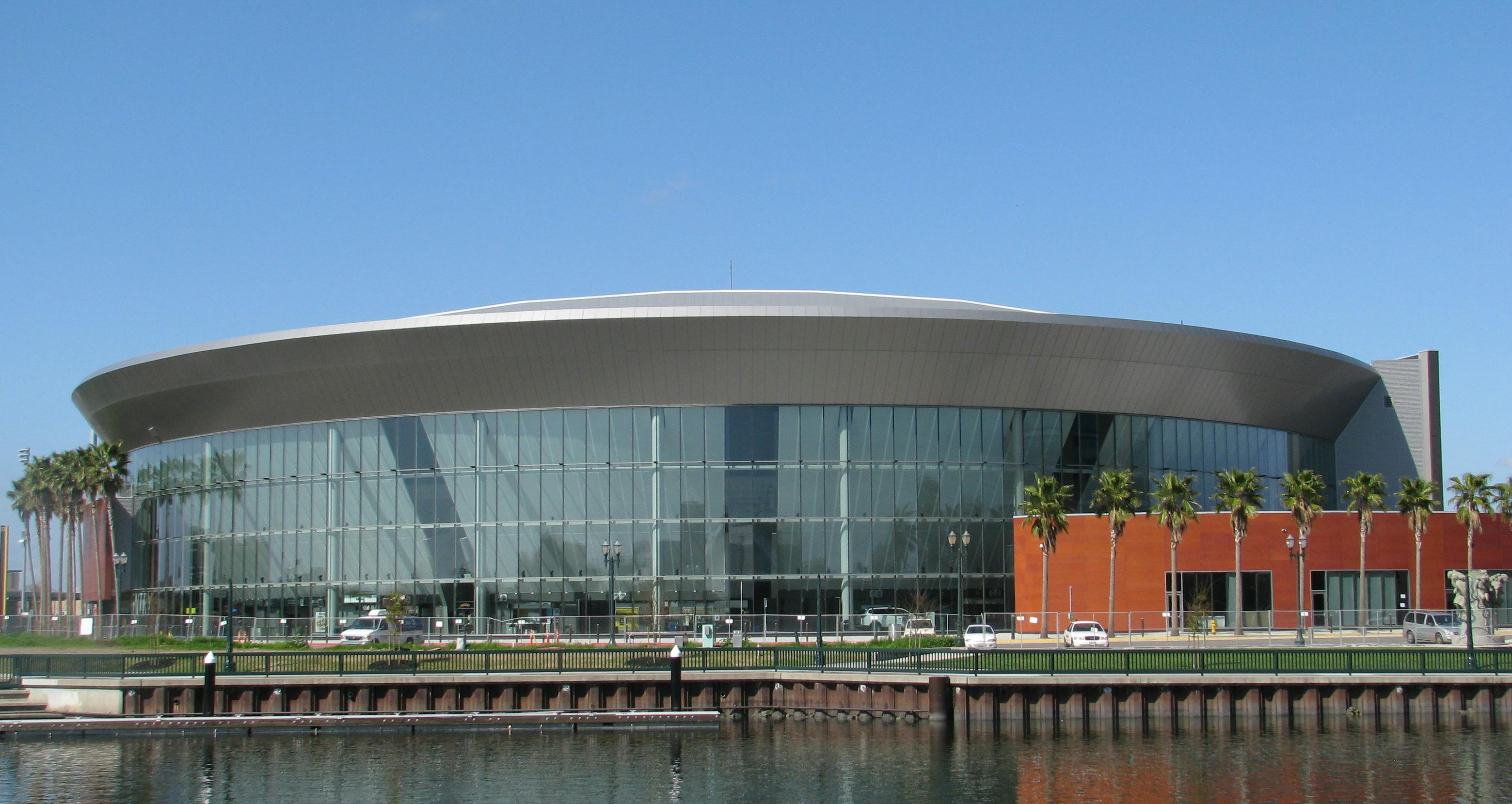Nation Sites
The Nation Network
FlamesNation has no direct affiliation to the Calgary Flames, Calgary Sports and Entertainment, NHL, or NHLPA
A glance at the new-look AHL Pacific Division

While there’s a lot happening on and off the ice for the Calgary Flames as they prepare for the impending National Hockey League trade deadline, the same is true for the Stockton Heat in the American Hockey League. With teams moving and teams being added, the AHL’s Pacific Division may be on the verge of finally being fully fleshed out.
For the curious, here’s how the AHL’s Pacific Division looks now and how it’s poised to look as early as 2021-22.
Current AHL Pacific Division | Probable 2021-22 Division |
Bakersfield Condors (Oilers) | Bakersfield (Oilers) |
Colorado Eagles (Avalanche) | Henderson (Golden Knights) |
Ontario Reign (Kings) | Ontario (Kings) |
San Diego Gulls (Ducks) | San Diego (Ducks) |
San Jose Barracuda (Sharks) | San Jose (Sharks) |
Stockton Heat (Flames) | Stockton (Flames) |
Tucson Roadrunners (Coyotes) | Tucson (Coyotes) or Colorado (Avalanche) |
Palm Springs (Seattle) |
The current division features the AHL farm clubs of six of the eight Pacific Division teams – the Vegas Golden Knights currently have the Chicago Wolves and the Vancouver Canucks have the Utica Comets – joined by the Central Division Avalanche’s affiliate.
But the Golden Knights recently purchased the San Antonio Rampage, with the intention of moving them into town. The idea is they’ll play at the old Orleans Arena west of the strip for a little bit, then move to Henderson (a Vegas suburb) for 2022-23. Meanwhile, Seattle’s AHL team will debut in Palm Springs in 2021-22 alongside the Kraken’s bow into the NHL. (Per a report from October, the Flames are currently working on a long-term lease to keep them in Stockton long term.)
What that probably means is either Colorado or Tucson will likely move out of division. With Arizona moving to the Central, either team would make sense given that neither of them will have an NHL Pacific Division parent. That would leave Vancouver as the only Pacific Division NHL team without a Pacific AHL affiliate, but there’s also no real obvious place to put them right now.
As an added quirk, having six of the eight teams within California may eventually lead to the Pacific Division finally playing a full schedule. The whole point of the Pacific’s shorter 68 game schedule was to minimize travel and maximize practice time, but the increasing concentration of clubs within the Golden State could lead to eight games getting added onto the Pacific sked to put it in alignment with the rest of the AHL.
If nothing else, so many teams in so many sunny locales may make it easier for scouts and media types to justify trips to scout the AHL affiliates.
Breaking News
- Beyond the Boxscore: Flames keep struggling Kraken down with 4-2 defeat
- The Flames’ win over Seattle was the Rasmus Andersson show
- Instant Reaction: Flames overcome Kraken with third period push
- What’s Going On In the Pacific Division: Five teams in the division occupy a playoff spot
- Throwback Thursday: Looking at the Calle Järnkrok trade with the Kraken
